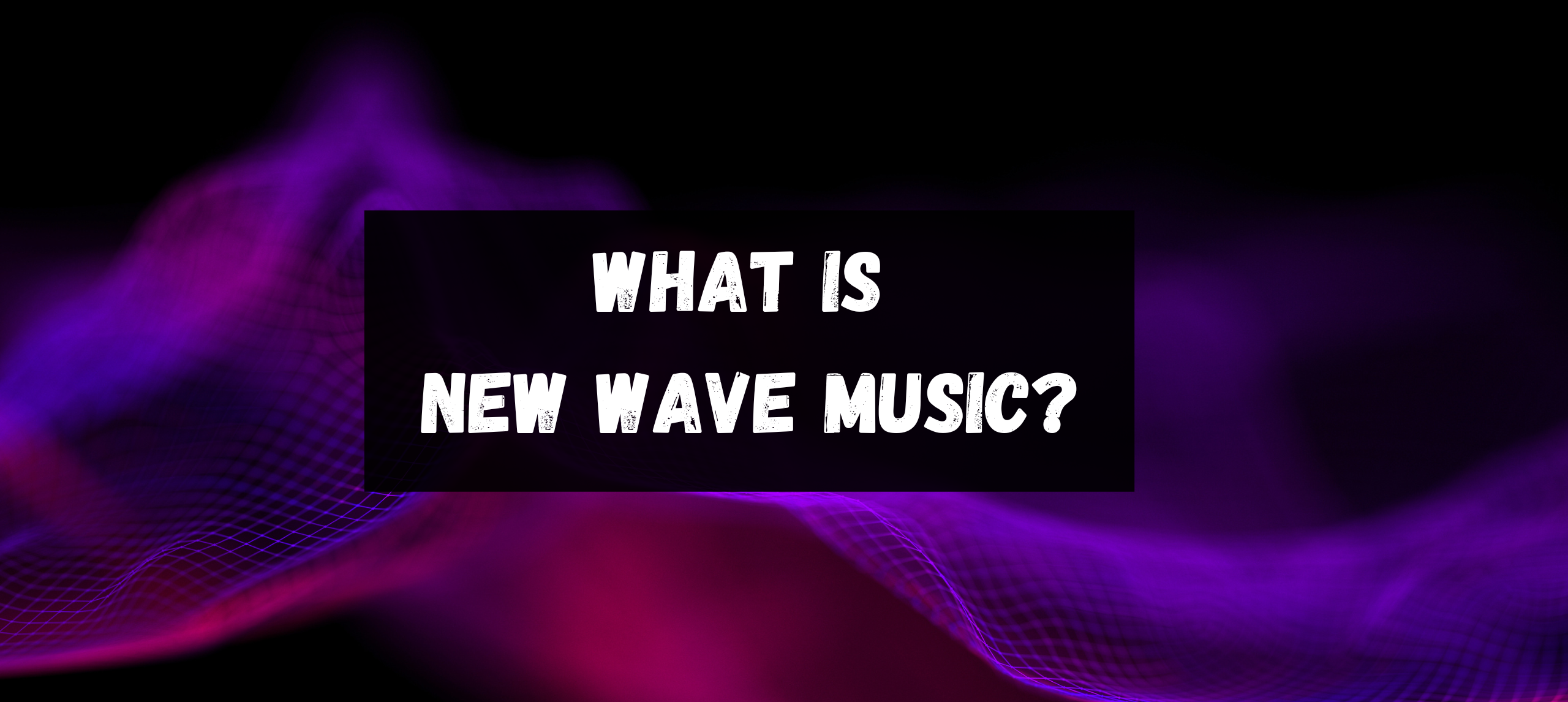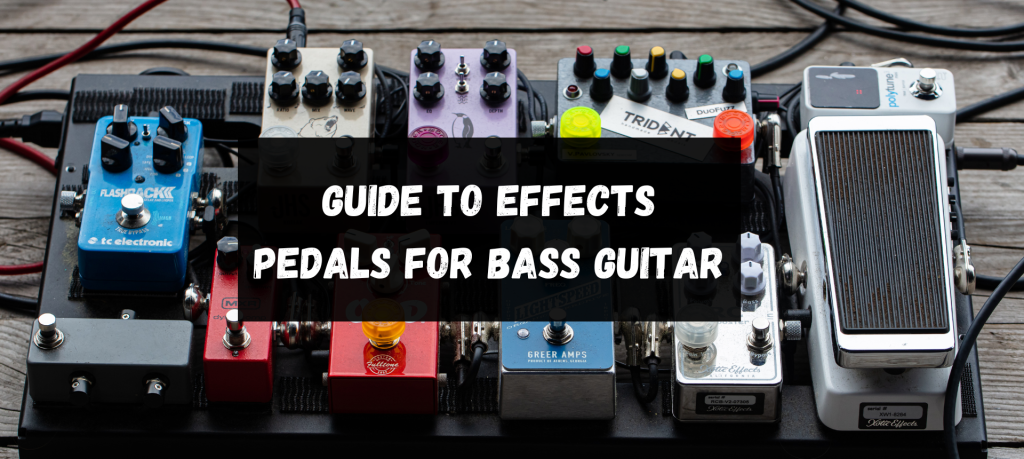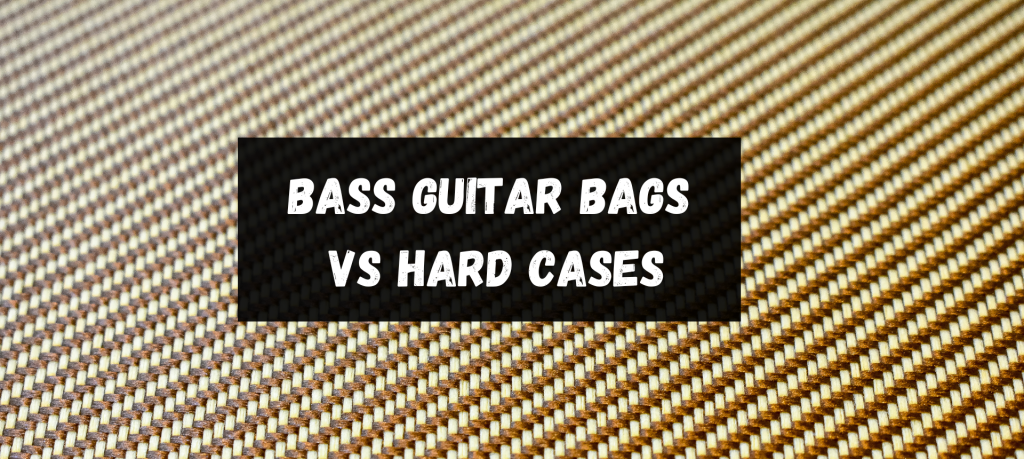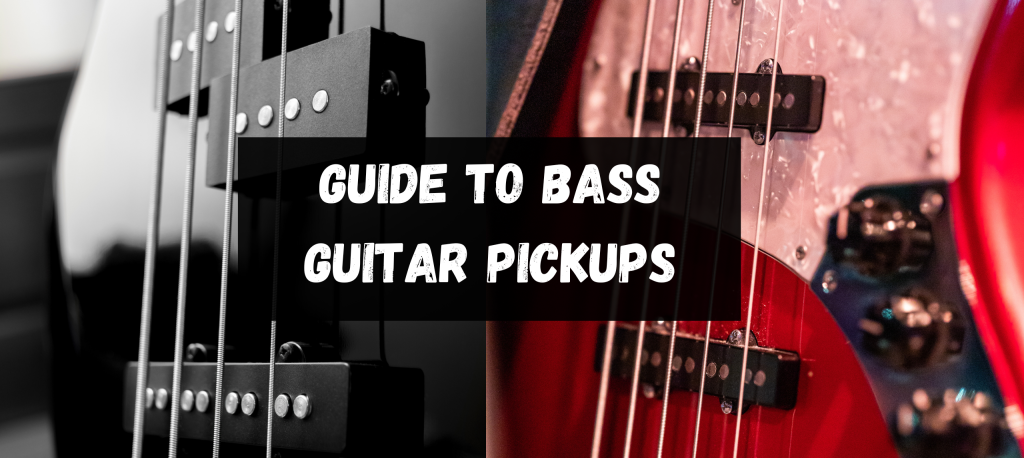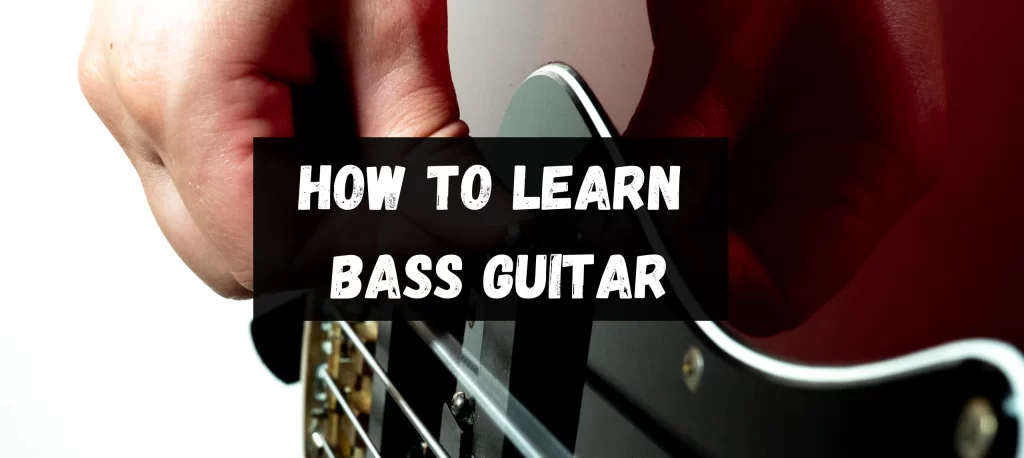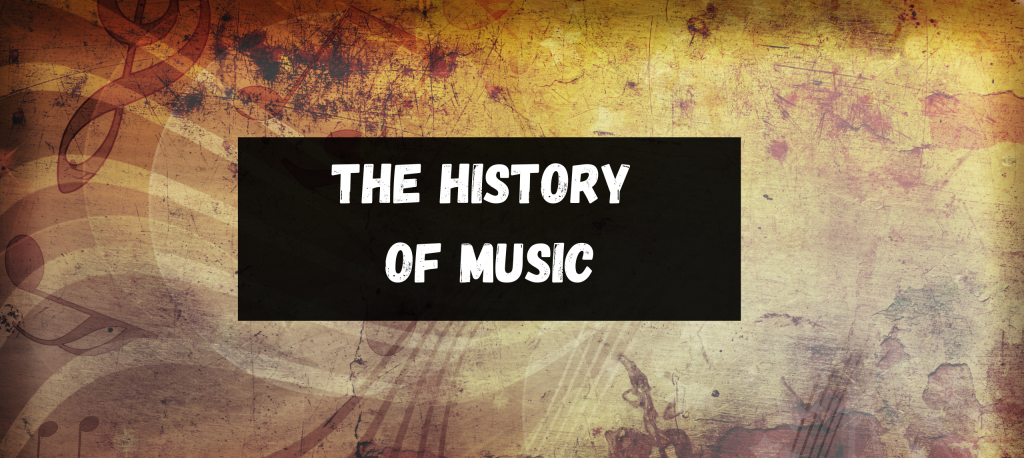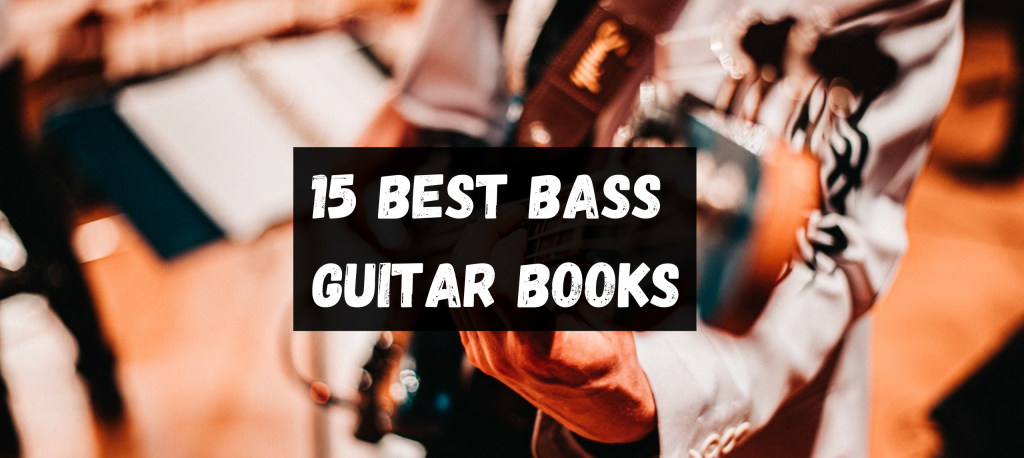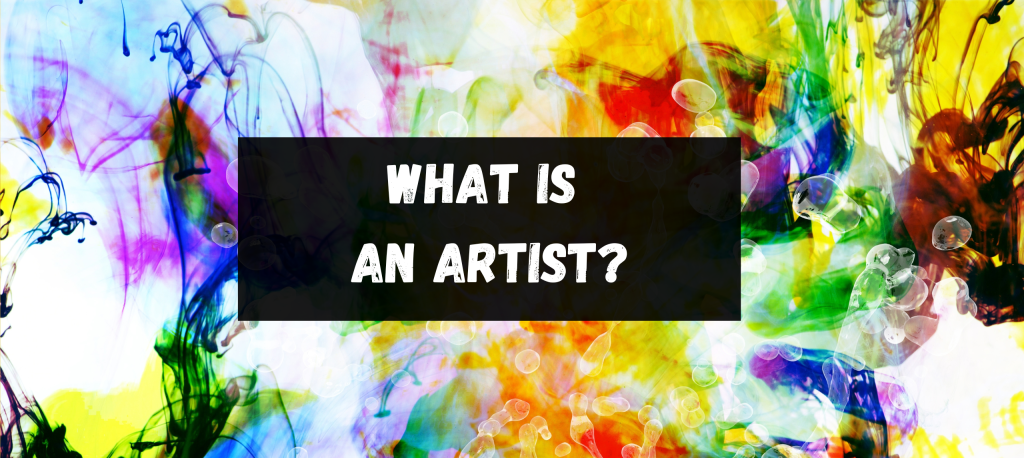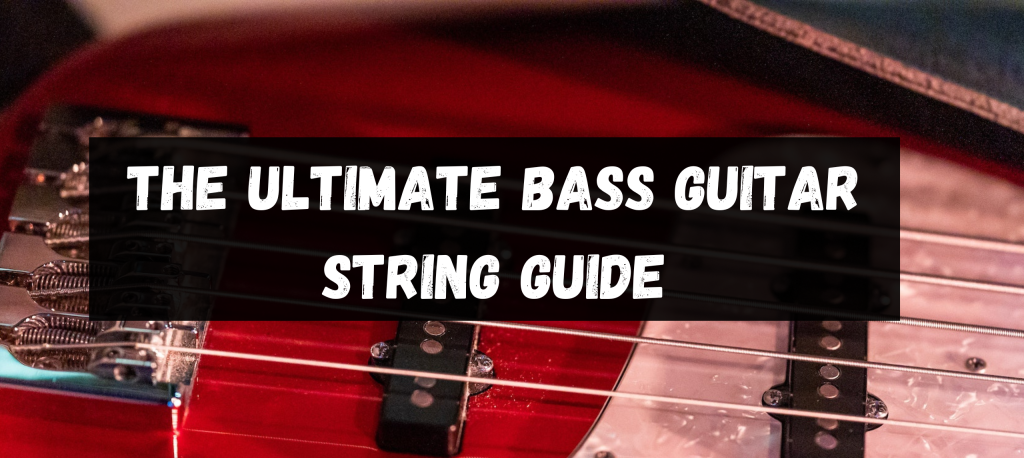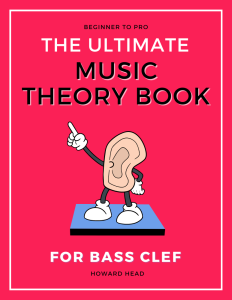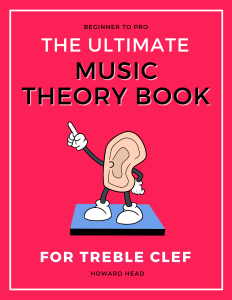August 28, 2023
Howard
New Wave music is a genre that emerged in the late 1970s, blending the rebellious spirit of punk with the melodic and artistic elements of pop. Originating in Britain and the U.S., it became known for its eclectic sound, synthesiser-driven tracks, and distinctive fashion. The genre profoundly influenced British music culture and paved the way for various subgenres in the 1980s.
As we embark on this exploration, this article promises a meticulous dive into the genre’s roots and lasting impact. So, keep reading, for the tapestry of New Wave is as compelling as its beats.
The Origins of the New Wave
The late 1970s and early 1980s were tumultuous times, with Britain undergoing significant social, political, and cultural shifts. Amidst the backdrop of economic challenges and youth unrest, the music scene was ripe for a revolution.
Historical Context: The late 1970s and early 1980s
- Economic strife: Britain faced rising unemployment challenges, leading to youth disillusionment.
- Political unrest: The era saw a significant shift in politics with the rise of the Conservative Party and the leadership of Margaret Thatcher.
- Youth subcultures: Subcultures like the punks and mods were prominent, expressing their frustrations and ideals through music and fashion.
The Transition from Punk Rock to New Wave:
- Punk’s Emergence: With its raw sound and anti-establishment ethos, Punk rock emerged as a response to the polished mainstream music of the time.
- New Wave’s Birth: While punk was about rebellion and grit, New Wave evolved by infusing punk’s spirit with more experimental sounds, often using synthesizers and borrowing from pop aesthetics.
- Distinctive Identity: Unlike the often aggressive punk genre, New Wave was more diverse and encompassed a range of sounds, from the electronic beats of bands like Depeche Mode to the rock-infused tunes of groups like The Police.
- Fashion and Aesthetics: New Wave wasn’t just about the music; it was an entire cultural movement. Bright colours, androgynous looks, and sharp haircuts became synonymous with the genre.
In essence, New Wave was a product of its time. As punk rock gave a voice to the frustrations of a generation, New Wave expanded on this by blending in artistic experimentation, producing a genre that was as eclectic as the era from which it emerged.

Key Characteristics of New Wave Music
At its heart, New Wave wasn’t just a sound but an attitude. It was a genre that encapsulated a generation’s desire for something fresh, something different from the mainstream. Let’s delve into the key aspects that gave New Wave its unique identity.
Musical Elements that Define the Genre:
- Eclectic Sound: New Wave blended punk’s rawness with pop’s melodic undertones, often using synthesisers to produce its distinctive beats.
- Lyricism: Lyrics in New Wave often touched upon societal concerns, personal introspection, or even whimsical tales, making it a genre of versatile expression.
- Synthesisers and Drum Machines: Unlike the organic raw sound of punk, New Wave embraced technology, making ample use of electronic instruments.
- Experimentation: Whether it was the incorporation of reggae beats or the use of computer-generated sounds, New Wave bands were not afraid to venture into uncharted territories.
Aesthetics: From Fashion to Album Covers:
- Fashion Forward: New Wave fashion was iconic. Think sharp suits, skinny ties, androgynous makeup, and bleach-blond spiky hair. It was a style that defied convention and embraced individualism.
- Album Art: New Wave album covers were often as experimental as the music. Vibrant colours, abstract designs, and sometimes surreal imagery became emblematic of the genre.
- Music Videos: With the rise of channels like MTV, New Wave bands were among the pioneers of the music video era. Their visuals were often avant-garde, playing with aesthetics and pushing boundaries.
In summarising, the New Wave movement was more than just a fleeting moment in music history. Its characteristics, both in sound and style, carved out a niche that made it both a product of its time and a timeless classic in the annals of British music culture.
Major Players: Bands and Artists
The New Wave movement was graced by many talented bands and artists who defined the genre and influenced successive generations of musicians. Here, we spotlight a few of the luminaries who were at the forefront of this music revolution.
The Talking Heads
Emerging from New York’s post-punk scene, The Talking Heads were known for their eclectic style, blending punk, funk, and world music elements. With David Byrne’s distinctive vocals and their penchant for the avant-garde, they gifted us with classics like “Once in a Lifetime” and “Psycho Killer”.
Depeche Mode
Hailing from Basildon, Essex, Depeche Mode took the electronic sounds of New Wave to new heights. Their synthesiser-driven tracks and thought-provoking lyrics solidified their status as icons. Songs like “Enjoy the Silence” and “Personal Jesus” remain timeless anthems.
Blondie
Fronted by the enigmatic Debbie Harry, Blondie was a fusion of punk rock’s attitude and the danceable rhythms of New Wave. Their chart-toppers, including “Heart of Glass” and “Call Me”, showcased their versatility, effortlessly drifting between genres.
The Police
Comprising Sting, Stewart Copeland, and Andy Summers, The Police were synonymous with a reggae-infused New Wave sound. Tracks like “Roxanne” and “Every Breath You Take” exemplify their ability to combine poignant lyrics with infectious melodies.
Duran Duran
Representing the glamorous side of New Wave, Duran Duran, with its slick videos and catchy hooks, became one of the defining bands of the 1980s. Hailing from Birmingham, they dominated charts worldwide with hits like “Hungry Like the Wolf” and “Rio”.
The list continues further. Other talents like The Cure, The Smiths, and Joy Division enriched New Wave. Each brought their flair, ensuring the genre’s legacy would endure and continue to inspire.
In the annals of British music, these bands and artists stand out not just for their contributions to New Wave but for shaping the very fabric of modern music culture. Their echoes are still felt today in both mainstream chart-toppers and underground beats.
Iconic New Wave Tracks and Albums
The New Wave’s melodies, rhythms, and lyricism often transcend mere notes, becoming emblematic of an era. Some tracks climbed the charts and became anthems, playing in discotheques and living rooms, shaping a generation’s worldview and tastes. Here, we pay homage to these iconic tunes and the albums that housed them.
Songs that Defined an Era:
- “Don’t You Want Me” by The Human League: A synth-laden track that captured the New Wave essence with its catchy chorus and electronic backdrop.
- “Blue Monday” by New Order: A masterpiece of electronic beats and poignant lyrics, this track is not only the best-selling 12-inch single of all time but an anthem of the 80s.
- “Sweet Dreams (Are Made of This)” by Eurythmics: Annie Lennox’s haunting vocals over a minimalist synth track made this song instantly recognisable and enduringly influential.
- “Just Like Heaven” by The Cure: With its jangly guitars and dreamy lyrics, this track epitomises Its ability to blend post-punk with pop.
- “Tainted Love” by Soft Cell: A cover of the Northern Soul classic, its synth-driven beats and memorable chorus became emblematic of the New Wave sound.
The Significance of These Tracks in Pop Culture:
- Soundtracks of Life: These songs weren’t just radio hits; they became the backdrop of youth culture – playing at parties, featuring in films, and setting the mood for pivotal moments in many a young Brit’s life.
- Fashion and Music Videos: With the burgeoning age of MTV, these tracks were often accompanied by innovative music videos that influenced fashion trends and visual aesthetics.
- Timeless Appeal: Many of these songs have been covered, remixed, or sampled by contemporary artists, attesting to their enduring appeal and relevance in today’s music scene.
- Cultural Milestones: Beyond mere entertainment, tracks like these often spoke to societal sentiments, youth aspirations, and the era’s zeitgeist, making them more than just songs but cultural markers.
Reflecting on New Wave, these tracks and albums are more than just footnotes. They encapsulate the vibrancy, experimentation, and ethos of a time when music was evolving rapidly, and Britain was at heart. Listening to them now, one is instantly transported back, yet they remain as fresh and captivating as ever.
New Wave’s Influence on Subsequent Genres
Much like a river, every music genre is the confluence of what came before it and, in turn, sets the course for what flows from it. New Wave, with its eclectic sound and style, was no different. It not only dominated the airwaves during its prime but played a pivotal role in birthing and influencing a plethora of genres that followed.
The Evolution into Synth-Pop, Post-Punk, and Other Subgenres:
- Synth-Pop: Riding on New Wave’s penchant for synthesisers, synth-pop took it a step further. Bands like Pet Shop Boys and Erasure carried forward the electronic legacy, producing even more polished and radio-friendly tracks.
- Post-Punk: While New Wave often leaned towards the pop end of the spectrum, post-punk retained more of punk rock’s rawness. Acts like Joy Division and Siouxsie and the Banshees typified this, merging the introspective lyrics of the New Wave with a harder edge.
- Goth Rock: This genre, characterised by its dark aesthetics and introspective themes, saw bands like Bauhaus and The Sisters of Mercy take inspiration from the atmospheric soundscapes of the New Wave while adding their melancholic twist.
New Wave’s Footprint in the Modern Music Scene:
- Indie and Alternative: Today’s indie and alternative bands often incorporate the experimental ethos of the New Wave. While distinct in their sound, bands like Arctic Monkeys or 1975 still echo the inventive spirit of the ’80s movement.
- Electronic Dance Music (EDM): The pulsing beats and synth loops that characterise much of today’s EDM can trace their lineage back to the electronic experiments of New Wave artists.
- Contemporary Covers and Samples: Modern artists across genres, from pop to hip-hop, often tip their hats to New Wave by covering classics or sampling their iconic beats. This homage underscores the timeless quality of New Wave tracks.
- Fashion and Visual Aesthetics: The avant-garde visuals of New Wave music videos and the genre’s bold fashion choices continue to inspire contemporary artists’ imagery and style.
In the ever-evolving tapestry of British music, New Wave stands out for its contributions in its heyday and the ripples it sent forth into the vast ocean of genres that followed. Its innovative spirit, both in sound and aesthetics, continues to resonate, making its influence undeniable in the annals of music history.
The Visual and Cultural Impact of New Wave
New Wave wasn’t just a genre that tantalised our eardrums; it was a vivid visual and cultural spectacle. From the dawn of music videos to the threads on our backs, New Wave left an indelible imprint, fusing sound with sight and style. As the lines between auditory and visual art blurred, New Wave championed a multi-sensory musical experience that reshaped popular culture.
The MTV Era and New Wave’s Music Videos:
- Rise of the Video Star: As MTV launched in 1981, it quickly became the nexus between music and television. With its vibrant aesthetics and innovation, New Wave became one of the channel’s mainstays. Suddenly, an artist’s vision could be broadcasted visually, and New Wave bands were at the vanguard of this revolution.
- Iconic Imagery: Who could forget A Flock of Seagulls’ gravity-defying hairstyles or the futuristic neon landscapes of A-ha’s “Take On Me”? These videos were more than promotional tools; they were artistic statements, solidifying the band’s brand and image in fans’ minds.
- Narrative Storytelling: Videos like Duran Duran’s “Rio” or The Police’s “Every Breath You Take” wove visual narratives, making the experience of listening to a track even more immersive and captivating.
Cultural Phenomena: Fashion, Films, and Fan Culture:
- Fashion Forward: New Wave’s influence on fashion was pronounced. Bright neon colours, shoulder pads, asymmetrical haircuts, and eclectic mixes of traditional and futuristic elements became de rigueur. Brands like Vivienne Westwood drew inspiration, ensuring high fashion and street style bore the genre’s unmistakable mark.
- Film and New Wave: The sounds and aesthetics of New Wave spilt over to the silver screen. Movies like “Pretty in Pink” and “Valley Girl” boasted soundtracks brimming with New Wave hits and encapsulated the genre’s ethos in their narrative and style.
- Fan Culture: Fandom took on new dimensions. Zine culture flourished when fans created homemade magazines dedicated to their favourite bands. Fan clubs, conventions, and “New Wave nights” at local clubs allowed enthusiasts to unite, celebrate, and even emulate their music idols.
As the kaleidoscope of the ’80s turned, New Wave’s colours were amongst the brightest, most vivid hues. Its visual and cultural dominion extended far beyond music charts, shaping the very fabric of the era. In many ways, it was a genre that saw, was seen, heard, and echoed, leaving a legacy as visually arresting as it was sonically.

Modern Resurgence and Legacy
Though its heyday might have been in the neon glow of the ’80s, New Wave’s pulse is far from fading. With its compelling blend of innovation and nostalgia, the genre has found new life in the 21st century. From chart-topping artists to cultural revivals, New Wave’s legacy is celebrated and expanded upon by a new generation.
Contemporary Artists Drawing Inspiration from New Wave:
- Channelling the Synth: Acts like CHVRCHES and M83 have embraced the synth-heavy soundscapes of New Wave, crafting tracks that echo the past whilst forging into the future.
- Aesthetic Echoes: Artists such as The 1975 and Tame Impala incorporate elements of New Wave’s visual aesthetics, from album covers to music videos, paying homage while injecting their unique modern twist.
- Lyricism and Themes: The passionate and often introspective lyrics of New Wave resonate with artists like Lorde and Billie Eilish, who, in their distinctive ways, explore similar narratives of love, identity, and societal observation.
Festivals, Events, and Modern Cultural Touchpoints Celebrating the Genre:
- Retro Festivals: Events like ‘Rewind Festival’ in the UK curate line-ups that are veritable who’s who of New Wave legends, drawing crowds that span generations.
- Club Nights: Across cities from London to Manchester, club nights dedicated to New Wave and ’80s music are a testament to the genre’s enduring appeal, with seasoned fans and new enthusiasts dancing the night away.
- Fashion Revival: Runways and high streets have seen a resurgence of ’80s and New Wave-inspired fashion. From bold prints to oversized silhouettes, the sartorial spirit of the genre is very much alive.
- Film and TV: Modern movies and series, especially those set in or inspired by the ’80s, prominently feature New Wave tracks, reinforcing the genre’s cultural significance. Series like “Stranger Things” use the music as a soundtrack and channel its vibe in their narrative arcs and character dynamics.
In an era where the past is continually conversing with the present, New Wave is a testament to genuine artistry’s timelessness. Its sounds, sights, and sentiments are being rediscovered, reinterpreted, and revered, ensuring its waves continue to ripple through the vast ocean of music and culture.
Conclusion
As the curtain draws on our exploration of New Wave, it’s evident that this isn’t a mere footnote in the annals of music history. It’s a bold, underlined chapter. From its inception in the dimly lit clubs of the ’70s to its radiant explosion in the ’80s, New Wave’s legacy is a testament to its revolutionary spirit and innate ability to captivate listeners continually.
The music industry, ever-shifting and evolving, still bears the imprints of New Wave. The genre pioneered technology integration with traditional instruments, carved new paths in music video production, and set lofty standards for audio and visual arts melding. These innovations continue to shape how artists produce and present their work today.
Yet, its undying relevance is the most profound testimony to New Wave’s enduring legacy. In an age saturated with fleeting trends and ephemeral hits, the resounding beats, poignant lyrics, and vivid aesthetics of New Wave tracks remain cherished in our playlists. They remind us of the genre’s golden era and simultaneously resonate with contemporary sentiments. This timeless appeal, the ability to bridge generations and emotions, ensures New Wave will continue to be celebrated, not just as a relic of the past but as a vibrant force in the present and future of music.
Now Feast Your Beautiful Eyes Over These

Howard Head
I turn confused bass enthusiasts into bass gods through a simple and logical process.


